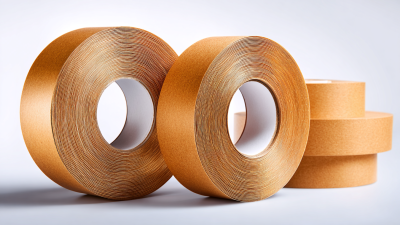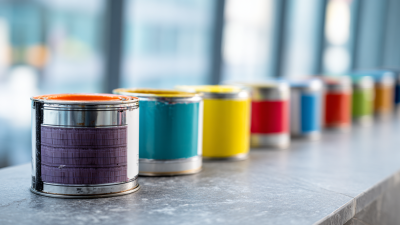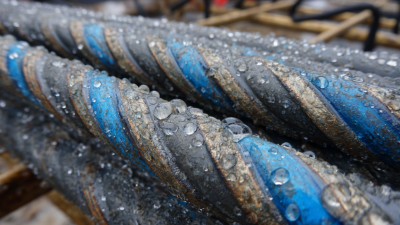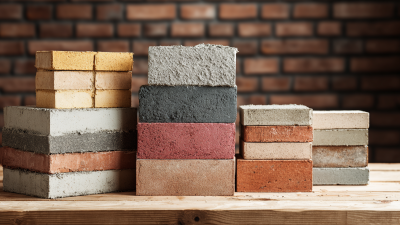Inquiry
Form loading...
In the ever-evolving landscape of modern building projects, the significance of construction glue cannot be overstated. As reported by the Global Adhesives Market research in 2023, the construction adhesives segment is expected to reach a staggering $15 billion by 2027, reflecting a growing recognition of their utility and efficiency in construction processes. This upward trend highlights the critical role that construction glue plays in ensuring structural integrity, enhancing durability, and promoting sustainable practices. With advancements in formulations and applications, construction glue now offers superior bonding capabilities that cater to a variety of materials, making it indispensable in both residential and commercial projects.
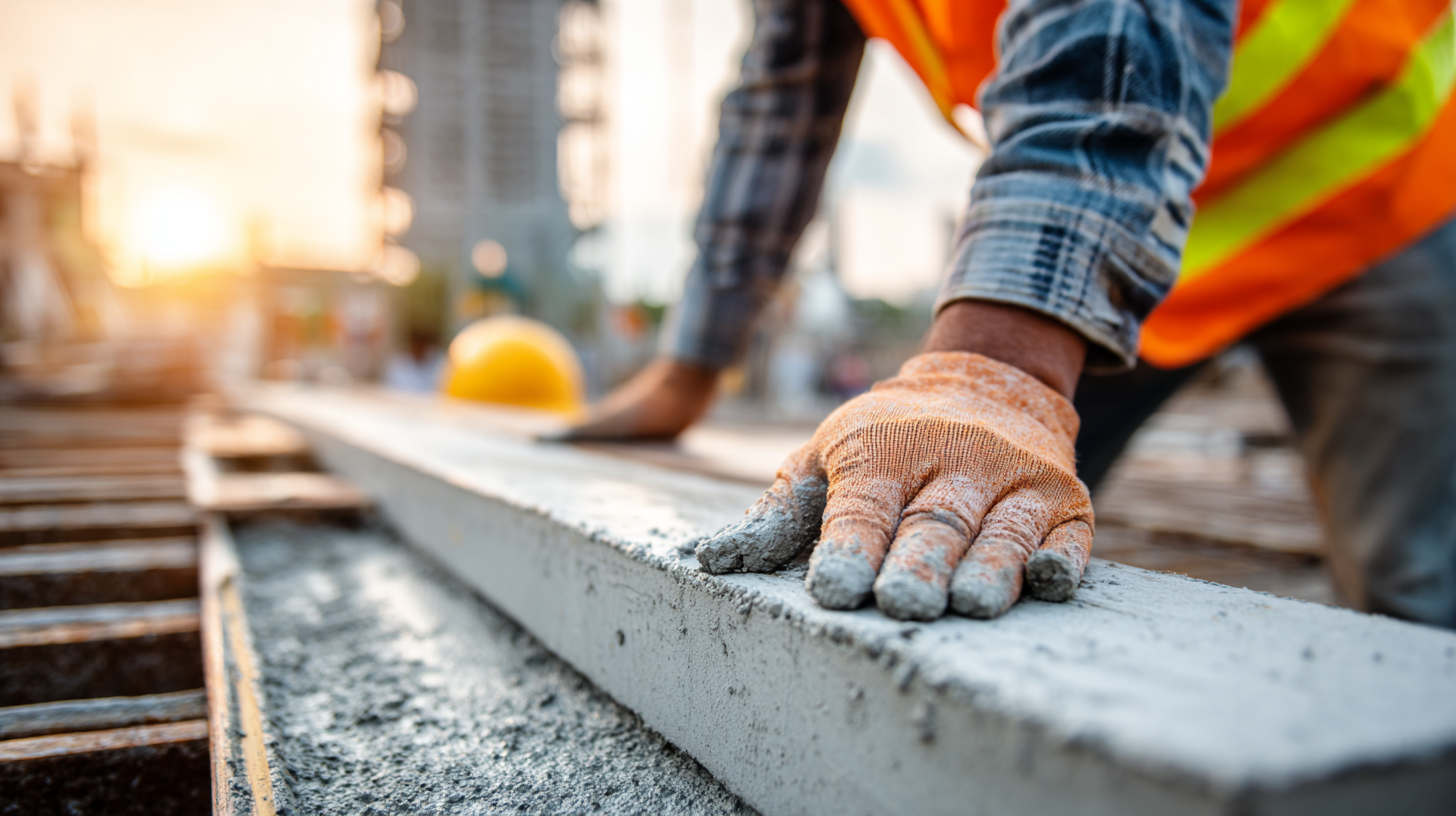
As construction methods continue to innovate, embracing the use of construction glue is essential for optimizing performance and meeting the demands of modern architecture.
Construction glue has become a vital component in modern building projects, offering a wide range of applications that enhance the durability and efficiency of structures. Understanding the various types of construction glue—such as polyurethane, epoxy, and PVA—can significantly impact the quality of both residential and commercial projects. Each type serves unique purposes; for instance, epoxy is renowned for its strength and moisture resistance, making it ideal for load-bearing applications, while PVA is often used for interior applications due to its ease of use and quick drying time.
When selecting construction glue, it's crucial to consider the specific materials and conditions of your project. For instance, if you're working with concrete or masonry, look for glues that provide strong bonding and flexibility to accommodate structural movements. Additionally, ensure that the adhesives comply with the latest environmental standards, especially in light of evolving construction policies and practices aimed at sustainability.
Tips: Always perform a small test when using a new adhesive to ensure compatibility with your materials. Moreover, be mindful of the curing time specified by the manufacturer, as this can affect overall project timelines and outcomes. Keeping these considerations in mind will lead to improved results and a more efficient building process.
Construction glue plays a pivotal role in ensuring the structural integrity of modern building projects. According to a report by the Adhesive and Sealant Council, the construction adhesives market is projected to reach $12.7 billion by 2025, reflecting the growing reliance on these materials for enhanced durability and safety. Utilizing construction glue allows for stronger bonds between various building elements, which is critical in minimizing potential weaknesses that could arise in traditional fastening methods.
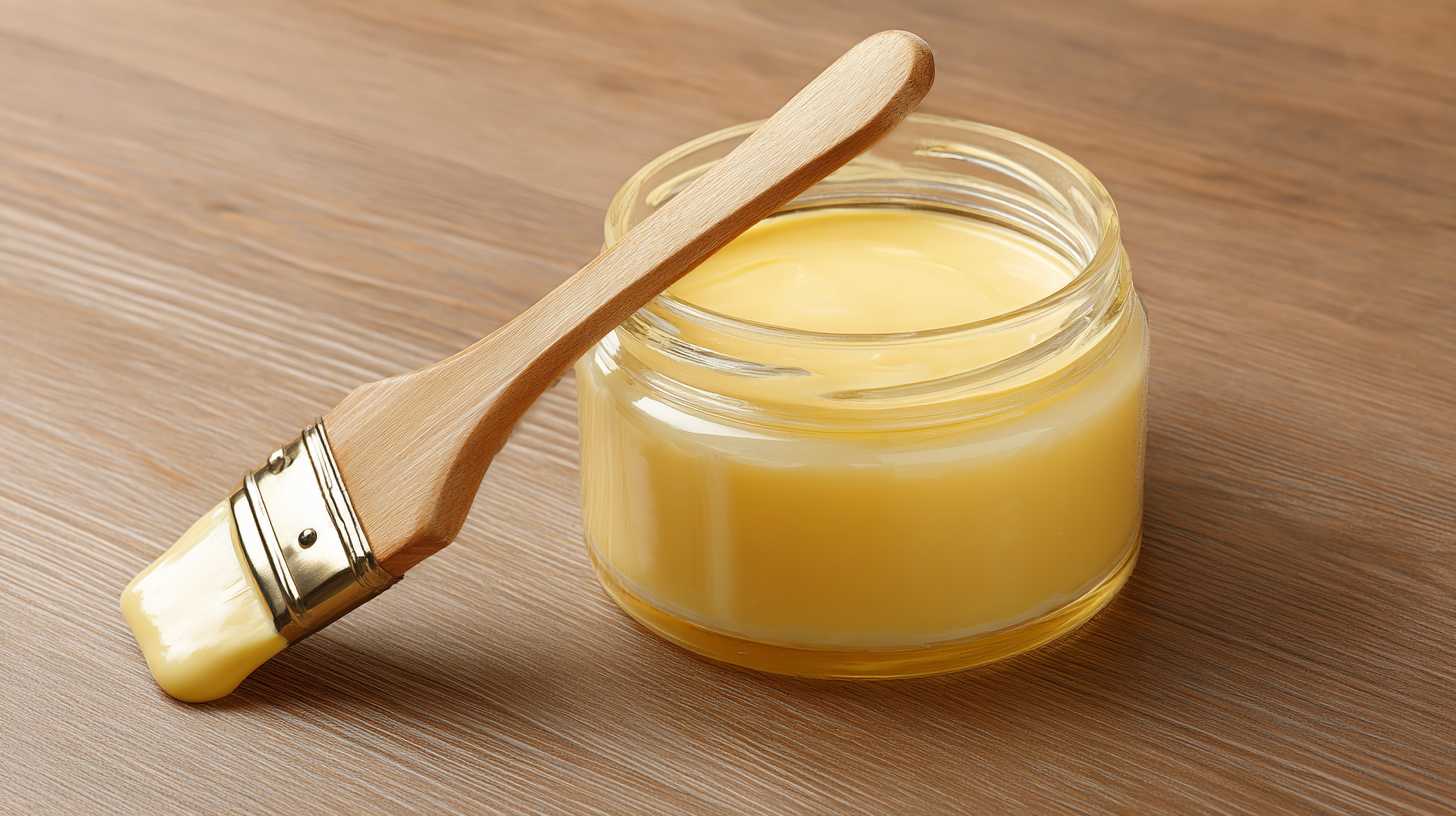 Modern adhesives are designed to withstand extreme environmental conditions and stress factors. For instance, a study published in the Journal of Adhesion Science and Technology revealed that construction glues, particularly polyurethane and epoxy-based options, can achieve tensile strengths exceeding 5,000 psi. This strength is essential for structural components such as beams and panels, where stability and resilience under load are crucial. Furthermore, by reducing the number of mechanical fasteners required, construction glue not only promotes a cleaner aesthetic but also contributes to overall material efficiency in construction practices.
Modern adhesives are designed to withstand extreme environmental conditions and stress factors. For instance, a study published in the Journal of Adhesion Science and Technology revealed that construction glues, particularly polyurethane and epoxy-based options, can achieve tensile strengths exceeding 5,000 psi. This strength is essential for structural components such as beams and panels, where stability and resilience under load are crucial. Furthermore, by reducing the number of mechanical fasteners required, construction glue not only promotes a cleaner aesthetic but also contributes to overall material efficiency in construction practices.
When embarking on a construction project, selecting the right construction glue is crucial for ensuring durability and effectiveness. The first step in the selection process is to identify the materials you will be working with. Different adhesives are formulated for specific uses, such as wood, metal, ceramic, or plastic. For instance, polyurethane glue is excellent for wood joints, while epoxy is preferred for bonding metals due to its strong hold and resistance to environmental factors.
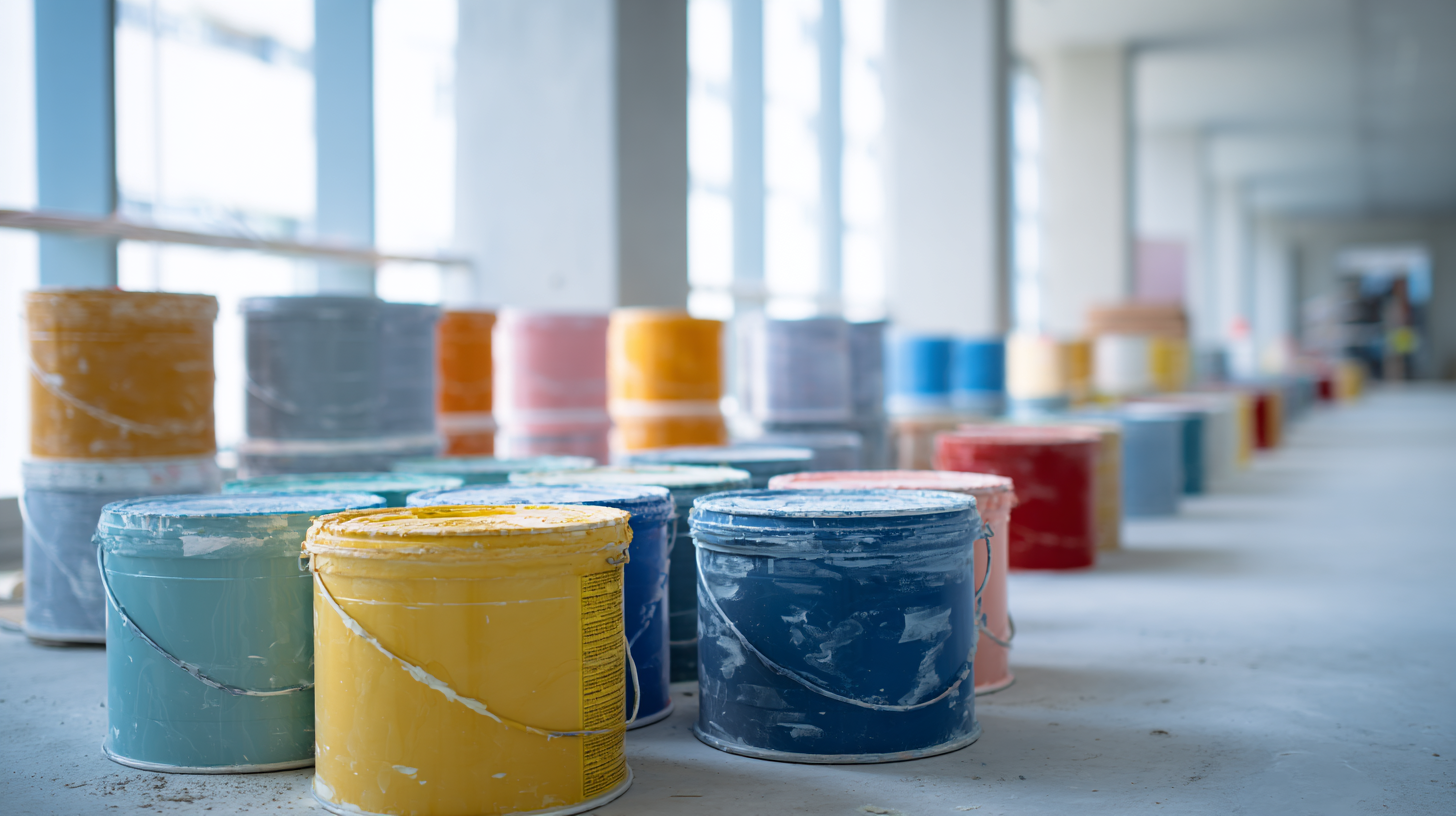
Next, consider the conditions in which the glue will be used. Factors such as temperature, humidity, and exposure to water can significantly affect the performance of the adhesive. For projects that will be exposed to moisture, a waterproof construction glue is essential. Additionally, look out for the glue's curing time; some projects may require a rapid bonding solution, while others can tolerate longer drying periods. Always refer to the manufacturer’s guidelines to ensure that you choose a glue that meets the specific requirements of your construction project, providing the strength and longevity needed for successful results.
When it comes to the application of construction glue in modern building projects, there are several best practices to ensure effective results. First and foremost, surface preparation is key. Cleaning surfaces to remove dust, grease, and moisture will promote better adhesion. Additionally, it's essential to ensure that the surfaces fit snugly together, as gaps can compromise the strength of the bond.
Another important practice is to follow the manufacturer's guidelines for curing time and temperature. Different adhesives may require specific conditions to reach optimal strength. For instance, using construction glue in a climate-controlled environment can prevent premature curing and enhance bonding effectiveness. Furthermore, applying the glue evenly and using the right amount is crucial; too little may lead to a failed bond, while too much can cause excessive overflow and clutter.
Lastly, for projects involving heavy loads or high-stress applications, consider using construction glue in conjunction with mechanical fasteners for added security. This dual approach not only improves structural integrity but also extends the longevity of the bond, ensuring that the assembly withstands changing conditions over time. Embracing these best practices can significantly enhance the performance and reliability of construction glue in various building applications.
When using construction glue in building projects, avoiding common mistakes is crucial to ensure a successful outcome. One of the significant pitfalls is not properly preparing the surfaces to be bonded. Surfaces should be clean, dry, and free of debris. Failing to do this can lead to weak bonds and potential project failures. Additionally, understanding the specific type of glue needed for the materials you are working with is essential. Different adhesives have varying strengths and properties, and using the wrong type can compromise structural integrity.
Another mistake to steer clear of is applying too much glue, which can create a messy situation and interfere with the proper adhesion process. It's important to apply the right amount as recommended by the manufacturer. In some cases, not allowing adequate curing time can also result in weak bonds. It's crucial to follow the drying and curing times to ensure the adhesive sets correctly. By being mindful of these common errors, you can enhance the effectiveness of construction glue in your projects and achieve the desired results.
